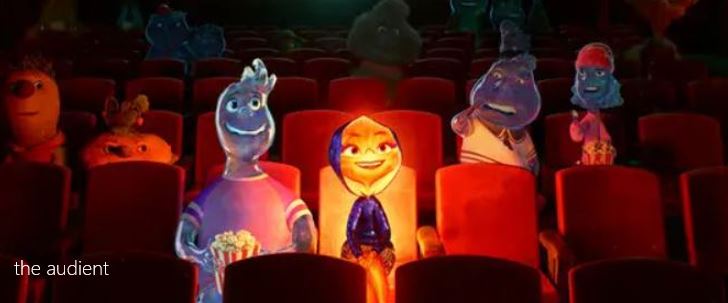The following post contains spoilers about The Lost City.
When I sided with my one son over my other son and picked The Lost City over Fantastic Beasts: The Secrets of Dumbledore for our Easter Monday viewing, I knew I was taking a minor content risk. The film is rated M by the Australian ratings scale, which means it's supposed to be appropriate for children over 15.
My younger son is barely half that old, so it may seem like bad parenting of the highest order to expose him to this. But you have to consider that movies like Spider-Man: No Way Home are also rated M, and we've pretty much opened the floodgates to all Marvel movies, even for the eight-year-old. I'm still hemming and hawing on the Avengers movies, which get pretty intense as they go along, but he's already expecting to see Doctor Strange in the Multiverse of Madness in a few weeks, and I don't expect to stand in his way.
Besides, an obvious corollary for The Lost City seemed to be Uncharted, which we watched a couple months back, which he handled just fine -- with the exception of the single "graphic" scene in that movie. But even that scene didn't scar him and I would have been happy to accept about that much "graphic" content in The Lost City.
Which is what I was expecting. A parental guide I read online said that there was a shooting, but that it had a "happy resolution." I didn't realize at the time that this was kind of a spoiler, but they were vague about it and didn't even mention who got shot, or what that happy resolution was.
Well, the shooting victim in question was Brad Pitt's Jack Trainer, who appears in what amounts to an extended cameo. (That's also a spoiler, unless you've seen the trailers, which give it away.) And it's actually pretty graphic.
When he disappears from view after being taken out by a sniper's bullet, you don't see him again. But you do see parts of him. Namely, his blood spatters on nearby Channing Tatum, and it's not just blood, but some viscera as well. In fact, the writers could not resist some panicked dialogue from Tatum in which he talks about the character's brains being on his face and in his mouth.
I grimaced. My eight-year-old son did not need this.
But the parent guide had said there was a happy resolution to the issue, and indeed, I was not surprised to see the character pop up in the middle of the closing credits, apparently fine to the naked eye as he drops in on our other two leads during their yoga class. Tatum mentions the brains again, and Trainer quips "We only use ten percent of our brain anyway. I'm just using a different ten percent."
So the movie's one gruesome death was retroactively ruled not to be a death.
I immediately started wondering: Does this change my son's impression of how violent the movie was?
For starters, I should say that my son seemed far more disturbed by the scene where Sandra Bullock picks leeches off Tatum's back and butt. And I don't think the bare butt was the concern. He just finds leeches gross, and I don't blame him.
He did seem okay with the shooting. At the end he told me it wasn't possible, if someone got part of their brains blown out they probably couldn't survive. He's not wrong, though I suppose some brain loss is survivable.
Knowing right away I might want to write this post, I asked him on our way out of the theater whether knowing that the character survived changed his impression of that moment after the fact. Sure, he was led for the whole movie to believe that he'd watched a man get his brains blown out, but now that he knew that wasn't what happened, and the man was alive making jokes in a yoga class, did that change his impression of the graphic content itself?
He told me that it didn't. He was pretty firm on that topic and couldn't be swayed from it. But it didn't seem to disturb him much either, so that's good.
I suppose if you want to fake out the audience that a character died, you have to reveal the fakeout fairly soon afterward, otherwise the trauma of that moment will live with that viewer for the rest of the movie -- even as he or she may be having fun with, and enjoying, the rest of the movie.
For a great example how to do this, you need to go to another Bullock movie: Speed. This contains one of the great fakeouts in movie history, where the Bullock-driven bus hits a baby carriage as a woman, presumably the mother, is pushing it across the street. You have long enough to watch the carriage hurtle through the air, an instant pit of nausea in your stomach, before the carriage crashes harmlessly to the street, spilling only the aluminum cans it was carrying. You only have to live with the possibility of a dead infant for about five seconds.
"Killing" a character and then bringing him back an hour later during a totally unwarranted and frankly unbelievable end credits sequence is not the same kind of fakeout. If you didn't want us to think of this loveable rogue as having died, don't give us an hour to sit with his death, his brains splattered all over Channing Tatum and our mourning consciousness.


No comments:
Post a Comment